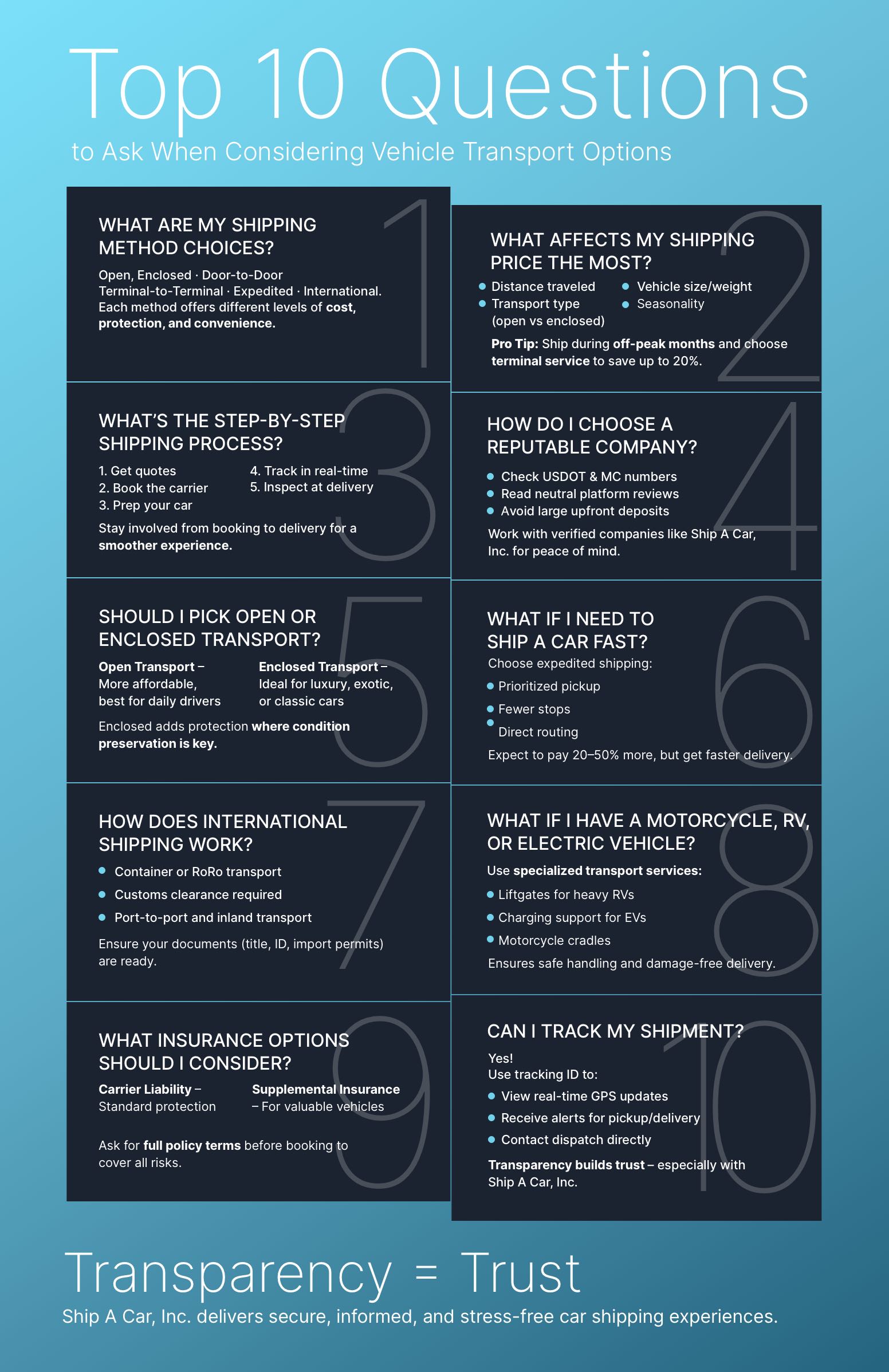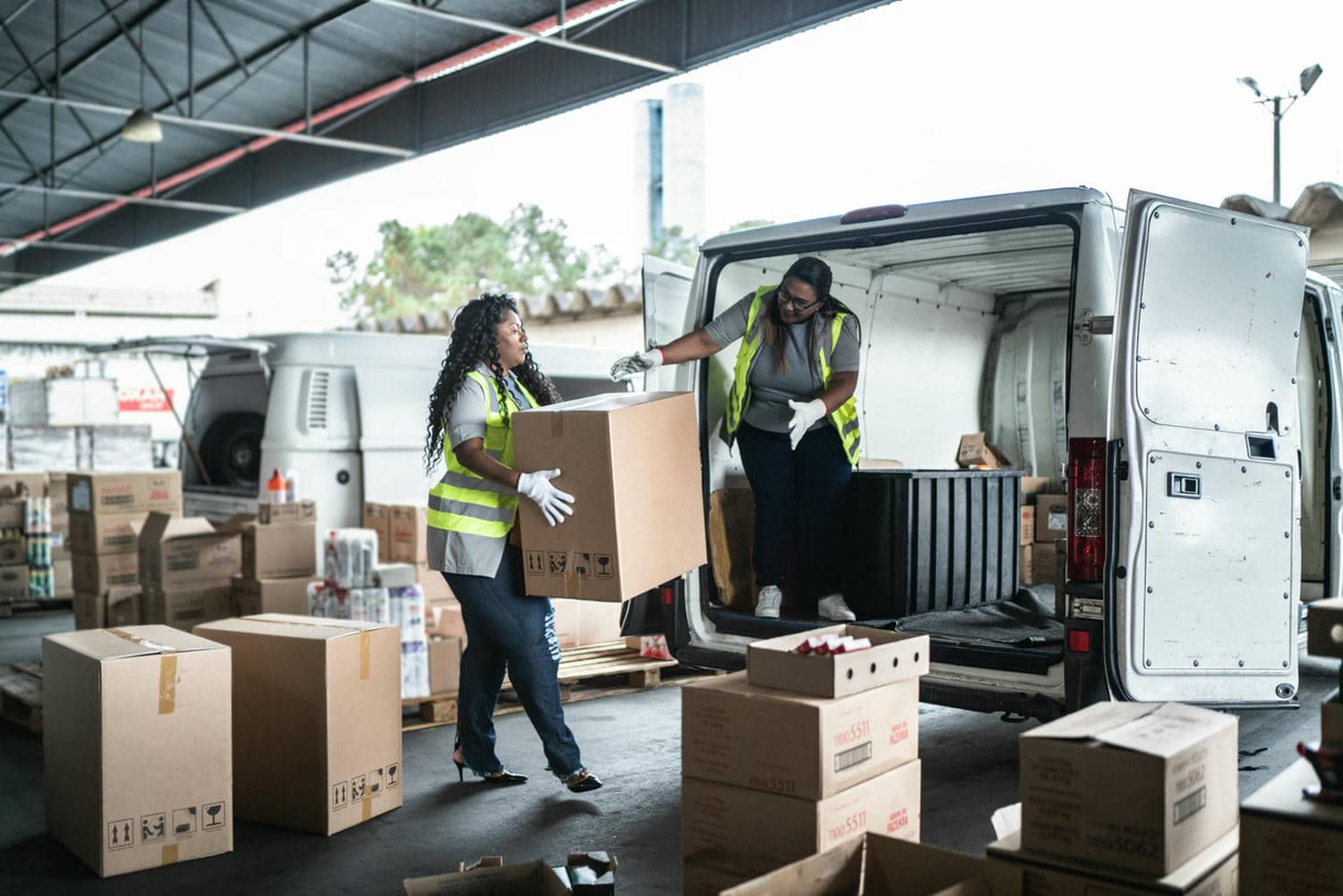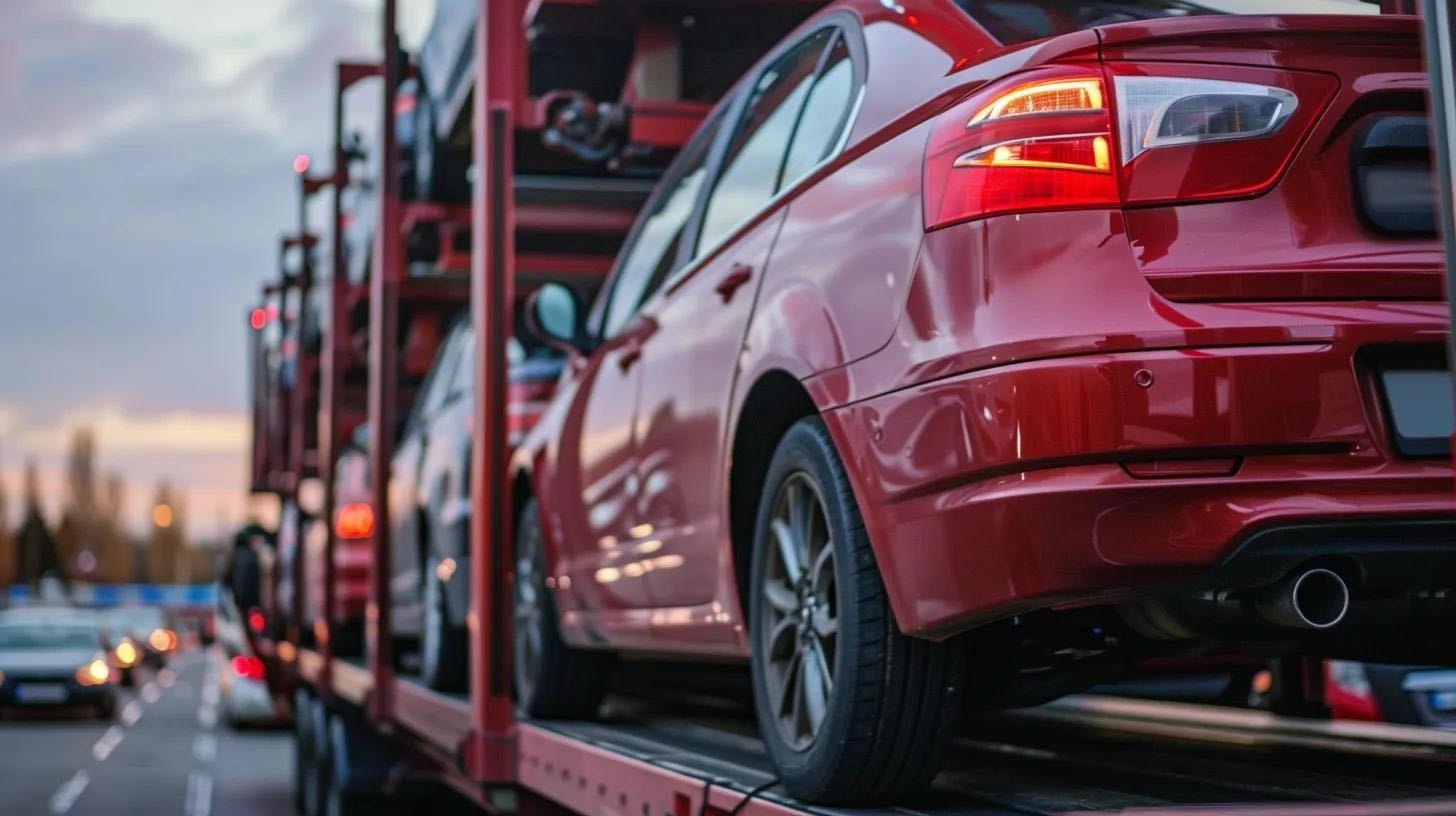
When planning a vehicle relocation, selecting the best vehicle transport options can save time, money, and stress. This guide delivers expert insight into car shipping methods, cost calculations, step-by-step processes, carrier selection, method comparisons, emerging trends, and interactive tools. Readers will learn about open and enclosed transport, door-to-door versus terminal-to-terminal services, expedited and international shipments, cost drivers and insurance choices, booking and delivery procedures, reputational checks, and how Ship A Car Inc. ensures transparent, reliable auto transport throughout the United States. By understanding these subjects, customers can make informed decisions and achieve smooth vehicle delivery.
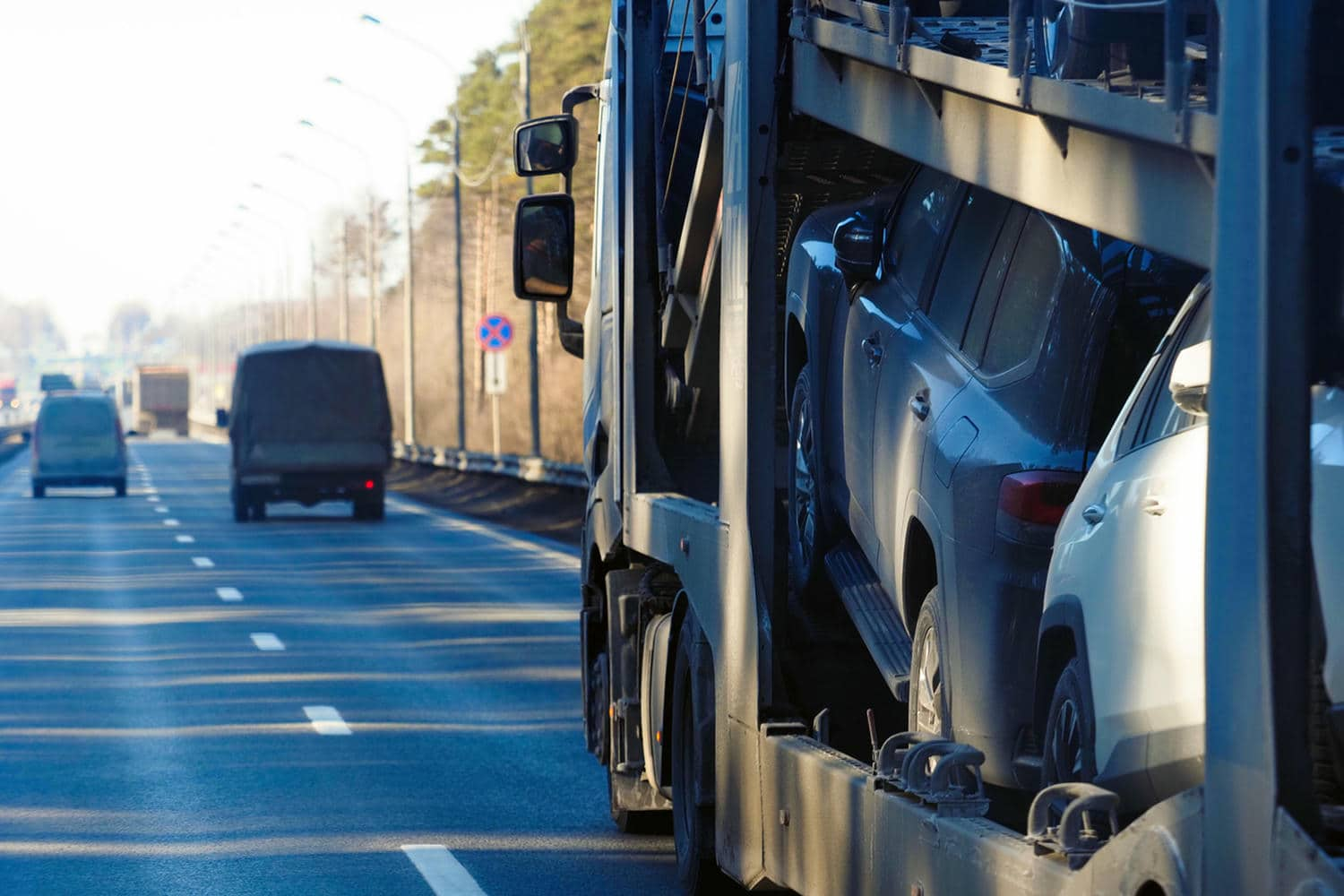
Open car transport, enclosed carriers, door-to-door and terminal-to-terminal services, expedited delivery, international freight, and specialized trailers represent the core transport methods for vehicle relocation. Each method defines pickup logistics, cargo protection, transit times, and budget considerations. Understanding these options helps match service features to customer needs and ensures safe, efficient shipment.
Open car transport is a widely used vehicle shipping method in which multiple cars travel together on an open steel trailer. This method offers cost savings because carriers can distribute expenses across several vehicles. For standard sedans and SUVs that tolerate exposure to the elements, open transport provides reliable transit at budget-friendly rates. It suits non-luxury cars, frequent relocations, and flexible timelines when absolute weather protection is less critical.
- Cost-effectiveness: Open carriers spread fees among customers.
- High availability: Carriers frequently schedule open trailers nationwide.
- Quick turnaround: Multiple daily departures reduce waiting times.
Open transport’s affordability and network density make it the default choice for most everyday vehicles. When enhanced protection or climate control is unnecessary, open shipping meets the needs of standard moves.
Enclosed car transport shields vehicles inside a covered trailer, protecting them from weather, road debris, and UV exposure. The mechanism relies on solid-walled or enclosed metal containers that isolate automobiles from external elements. This method benefits high-value, classic, exotic, and luxury vehicles by preserving paint finishes, preventing dents, and maintaining pristine condition.
- Maximum protection against rain, snow, and dust
- Climate-controlled options safeguard temperature-sensitive interiors
- Reduced risk of road-debris impact or stone chips
Enclosed transport’s premium pricing reflects its superior safeguard mechanism, making it essential for collectors, show cars, and late-model vehicles where condition retention defines value.
Door-to-door auto transport delivers vehicles directly from the customer’s specified pickup location to their chosen destination. This service type simplifies logistics by handling loading and unloading at precise addresses. The convenience and time savings outweigh the modest cost increase compared to terminal-based shipping.
- Customized pickup scheduling at home or workplace
- Direct delivery to driveway, garage, or business address
- Minimal handling steps reduce risk of misrouting
By eliminating the need for customer travel to terminals, door-to-door transport enhances user experience and streamlines the overall shipping process.
Terminal-to-terminal shipping requires customers to drop off and pick up vehicles at designated carrier facilities. While this approach demands more effort, it often yields lower tariffs due to consolidated loading and unloading. For customers near major terminals and with flexible schedules, this cost-saving option can reduce expenses by up to 20 percent.
- Lower base rates for consolidated freight
- Efficient handling at high-volume carrier hubs
- Ideal for budget-sensitive moves with accessible terminals
Terminal-to-terminal shipping is a strategic choice when proximity to carrier facilities is convenient and customers prefer deeper discounts over door-to-door ease.
Expedited vehicle shipping accelerates transit by prioritizing a car as first load on a dedicated carrier or assigning it to a hotshot service. The mechanism involves faster routing, reduced stops, and direct dispatch. Expedited rates can range from 20 to 50 percent above standard open transport fees but cut typical transit times in half.
- Priority loading and minimal carrier stops
- Direct or semi-direct routing for reduced mileage
- Ideal for urgent relocations, events, or last-minute moves
Customers facing time-sensitive deadlines, such as auction purchases or relocation deadlines will find expedited shipping a reliable solution despite higher pricing.
International car shipping combines ocean freight, port handling, customs clearance, and inland transport. Vehicles are loaded into containers or roll-on/roll-off vessels, and then inspected by customs authorities before final delivery. Documentation requirements include title copies, proof of ownership, import permits, and compliance with destination country regulations.
Service Stage | Responsibility | Key Action |
|---|---|---|
Origin Port Handling | Port Operator | Vehicle inspection and container loading |
Ocean Transit | Shipping Line | Vessel transport and sea passage |
Customs Clearance | Customs Broker | Duty calculation and documentation review |
Destination Unloading | Local Carrier | Off-loading and inland delivery |
International shipping demands meticulous coordination of carriers, forwarders, and customs brokers to ensure compliance and timely delivery.
Specialized transport services cater to motorcycles, RVs, electric vehicles, oversized machinery, and classic cars. These offerings use tailored trailers, lift gates, and extra-wide carriers to accommodate unique dimensions and handling needs.
- Motorcycle cradles secure two-wheeled vehicles upright
- Enclosed RV haulers support oversized profiles and weight limits
- EV transport trailers equipped with charging and climate control
By matching trailer specifications and handling equipment to vehicle attributes, specialized services deliver safe relocation for non-standard assets.
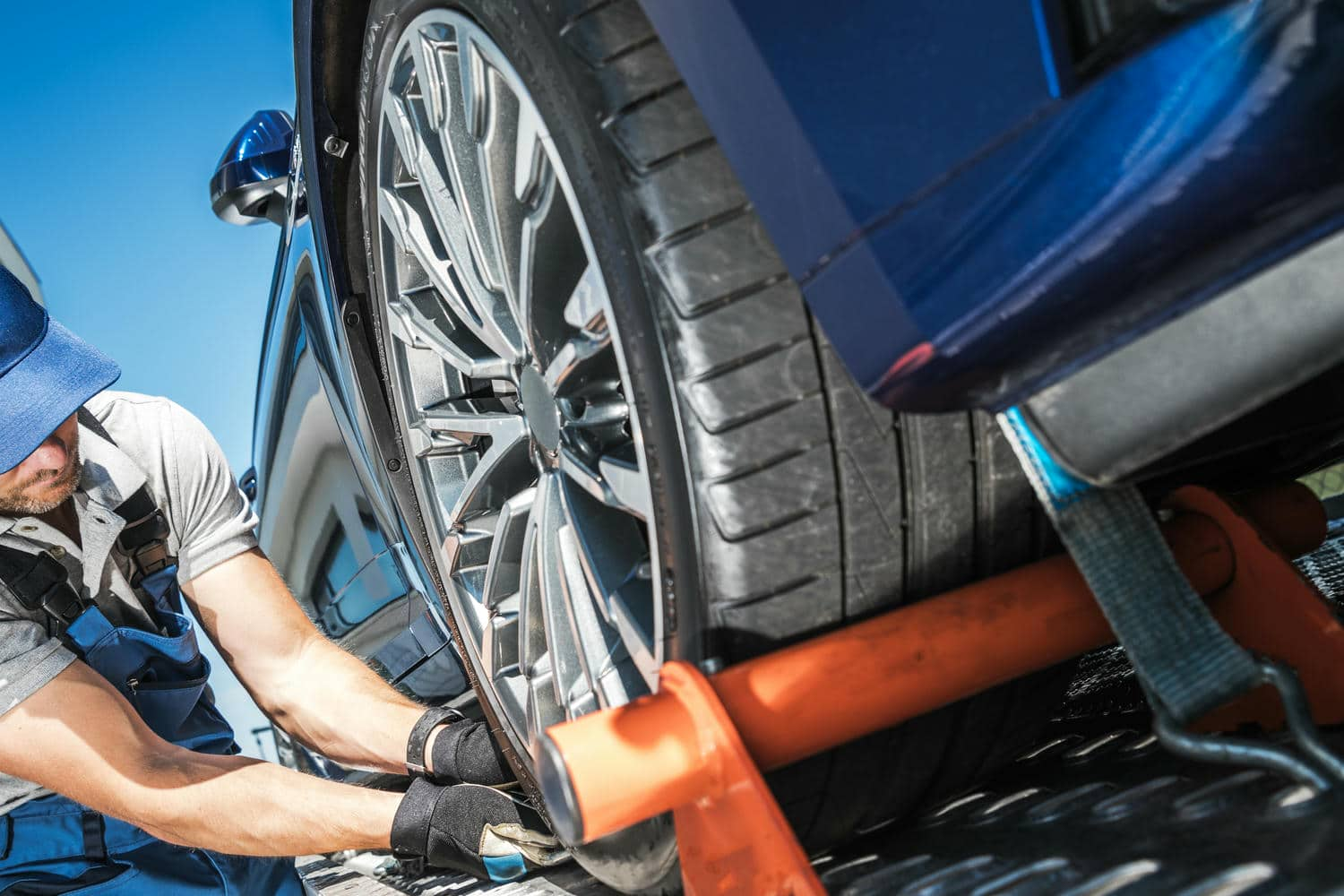
Shipping rates depend primarily on mileage, vehicle dimensions, service type, and seasonal demand. Longer distances increase per-mile charges, while larger SUVs or trucks incur higher base fees. Winter months may reduce carrier capacity, raising rates, whereas off-peak seasons often bring discounts.
- Distance: Per-mile rates rise with route complexity.
- Vehicle Size: Wider or taller vehicles limit carrier load capacity.
- Condition: Inoperable cars require specialized equipment.
- Seasonality: Peak seasons (summer, holidays) elevate demand and prices.
By planning shipments during off-peak periods and confirming vehicle operability, customers can minimize cost variables.
Different vehicle categories drive price adjustments based on weight, dimensions, and handling requirements. Passenger sedans usually attract lower fees than pickup trucks, while classic or luxury cars demand enclosed carriers and higher protection surcharges.
Vehicle Category | Weight Impact | Typical Rate Impact |
|---|---|---|
Standard Sedan | Low | Base rate |
SUV or Crossover | Moderate | +10–15% |
Pickup Truck | High | +15–20% |
Classic/Luxury | Enclosed needed | +50–80% for premium protection |
Selecting the appropriate carrier for vehicle type ensures transparent pricing and avoids surprise fees.
Open carriers offer the lowest costs due to multi-vehicle loading, while enclosed trailers increase prices for extra protection. Door-to-door conveniences and expedited services also add premiums to standard quotes.
- Open vs. Enclosed: Protection level defines a 50 percent price delta.
- Door-to-Door vs. Terminal: Address pickup/delivery adds 10–20 percent.
- Expedited Services: Priority loading may increase rates by up to 50 percent.
Understanding these method-based adjustments lets customers strike a balance between budget and convenience.
Accurate quotes require detailed information: pickup and drop-off ZIP codes, vehicle make/model, operability status, preferred service type, and insurance needs. Providing precise data upfront enables carriers to calculate distance, handling needs, and transit schedules.
- Specify full addresses and ZIP codes.
- Confirm vehicle dimensions and curb weight.
- Choose open, enclosed, door-to-door, or terminal-to-terminal.
- Indicate inoperable or special-need vehicles.
- Request insurance coverage levels for liability assessment.
Clear communication of these details yields reliable estimates and prevents hidden surcharges.
Customers can reduce costs by shipping during off-peak seasons, selecting terminal-to-terminal services, consolidating multiple vehicles, and preparing cars properly. Removing personal items and ensuring drive-on/off capability lowers handling fees.
- Off-Peak Scheduling: Spring and fall often offer promotional rates.
- Terminal Discounts: Consolidated loads at carrier hubs reduce base fees.
- Prep and Operability: Driveable vehicles skip winching equipment charges.
- Multi-Vehicle Moves: Bundling shipments leverages volume discounts.
Combining these tactics results in competitive rates without compromising safety or reliability.
Carrier-provided liability covers basic damage protection, while supplemental insurance policies extend coverage amounts and types of risk. Understanding policy terms, deductibles, and coverage limits ensures comprehensive protection.
Insurance Type | Coverage Scope | Deductible/Limit |
|---|---|---|
Carrier Liability | Basic transit damage | State-mandated minimum |
Supplemental Policy | Agreed-value coverage, theft, fire | Chosen by shipper |
Garage Keepers | Storage period protection | Policy-specific limit |

Booking begins by comparing quotes from vetted carriers and providing vehicle details, addresses, desired dates, and insurance preferences. Customers confirm service agreements and pay deposits to secure their spot on a carrier’s schedule.
- Submit pickup/drop-off locations and dates.
- Share vehicle specifications and condition.
- Review quote breakdown and insurance terms.
- Confirm booking with deposit payment.
Early booking increases carrier availability and enables preferred scheduling.
Preparing vehicles for shipment involves cleaning, inspection, documentation, and mechanical checks. A thorough preparation process reduces damage claims and expedites loading.
- Remove personal belongings and unsecured accessories.
- Ensure fuel tank holds no more than 25 percent capacity.
- Document the vehicle’s pre-shipment condition with dated photographs.
- Disable alarm systems and fold in side mirrors when applicable.
These steps protect vehicles in transit and streamline carrier procedures.
The Bill of Lading serves as the official shipment contract and records the vehicle’s condition at pickup and delivery. Both shipper and carrier sign this document, which becomes the basis for any damage claims.
- Legal proof of ownership and transport agreement
- Detailed check-in and check-out condition report
- Reference document for liability and insurance settlements
Reviewing the Bill of Lading carefully prevents disputes and ensures accountability.
Real-time tracking tools allow customers to monitor carrier GPS updates, estimated arrival windows, and route changes. Notifications by phone or email maintain visibility throughout transit.
- Access tracking portal with assigned shipment ID.
- Receive automated status alerts for pickup, transit, and delivery.
- Communicate directly with dispatchers for schedule adjustments.
Tracking transparency builds confidence and keeps customers informed.
Upon delivery, customers perform a final inspection against the Bill of Lading, noting any new damage or discrepancies. Promptly reporting issues initiates the carrier’s claims process.
- Compare vehicle condition to pre-shipment photos and documents.
- Sign off on delivery paperwork once satisfied.
- Notify carrier within 48 hours of any damage to begin claim procedures.
Thorough delivery checks conclude the shipping process and safeguard customer interests.

Legitimate carriers hold USDOT and MC numbers, adhere to FMCSA regulations, and maintain adequate cargo liability coverage. These credentials guarantee operational compliance and financial responsibility.
- USDOT authority confirms federal registration
- MC number authorizes interstate transport
- Cargo liability policy meets or exceeds minimum requirements
Verifying these credentials protects customers from unlicensed operators and ensures peace of mind.
Aggregate ratings and first-hand testimonials reveal service quality, on-time performance, and claims responsiveness. Reading unbiased reviews on neutral platforms helps distinguish consistently reliable carriers.
- Look for high overall ratings over at least 50 reviews.
- Evaluate comments on pickup punctuality and vehicle condition.
- Identify patterns in customer service responsiveness.
Informed decisions stem from collective user experiences rather than isolated opinions.
Watch for companies demanding large upfront payments, lacking clear contracts, or refusing to provide licensing information. Hidden fees, inconsistent quotes, and rushed deposit requests often signal unreliable operators.
- Requests for full payment before pickup
- Refusal to share USDOT/MC numbers or proof of insurance
- Vague service terms and sudden price increases
Recognizing these warning signs prevents costly mistakes and substandard service.
Carriers directly own and operate transport equipment, while brokers act as intermediaries connecting customers with carriers. Working with carriers streamlines communication, whereas brokers offer access to multiple carrier options but rely on third-party operators.
- Carrier: Direct control over schedule, equipment, and staff
- Broker: Aggregates carrier pricing but adds an intermediary layer
Understanding this distinction clarifies responsibilities and accountability for pickup, transit, and claims.
Ship A Car Inc. combines in-house carrier partnerships with clear pricing, real-time tracking, and dedicated customer support. This integrated model eliminates hidden fees, enforces strict carrier vetting, and provides personalized shipment monitoring.
- Upfront quotes with no surcharge surprises
- 24/7 tracking portal and dispatch communication
- Fully licensed and insured auto transport services
By focusing on transparency at every step, Ship A Car Inc. builds trust and delivers dependable vehicle relocation experiences.
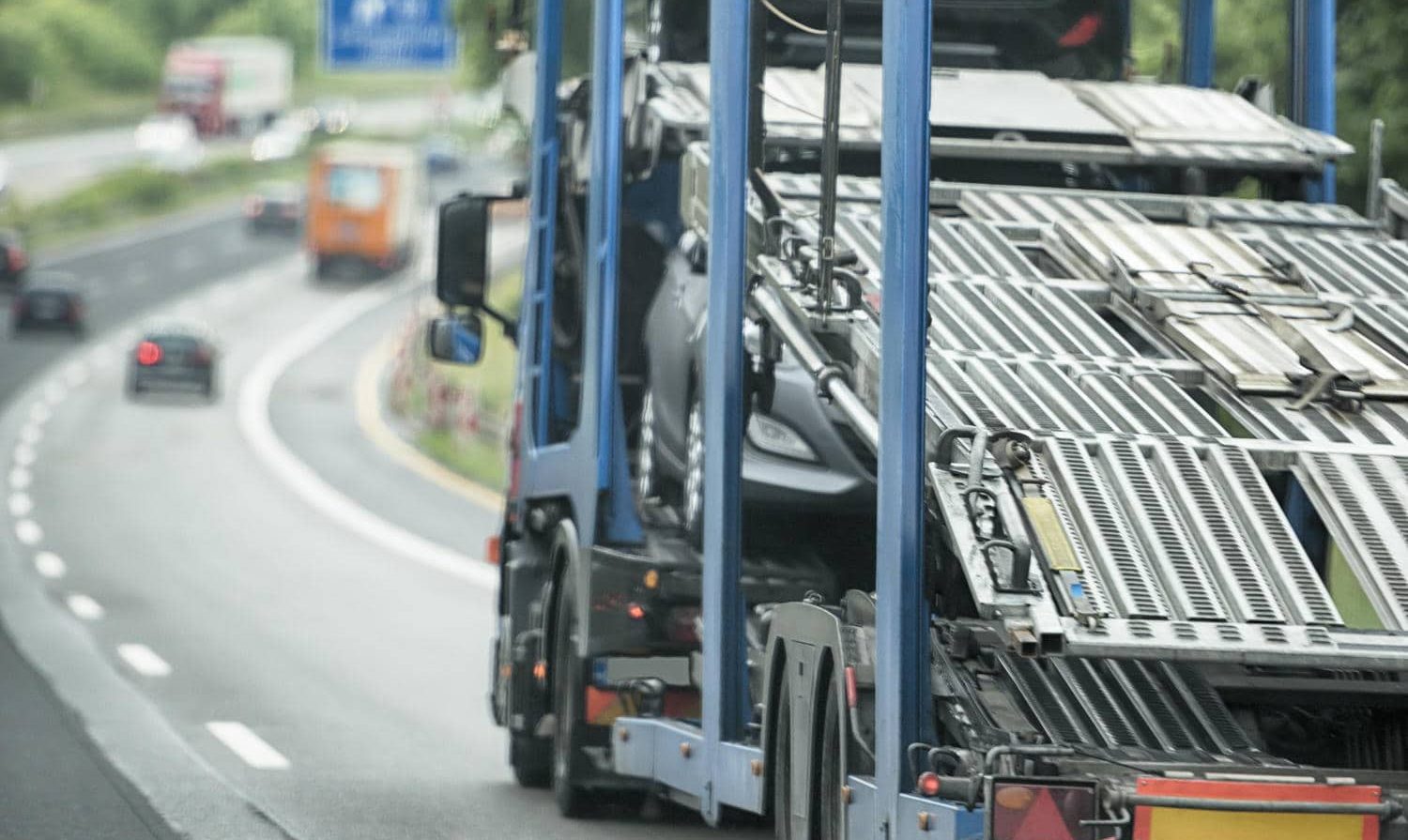
Open carriers optimize cost and scheduling flexibility by grouping multiple vehicles on one trailer. This method delivers competitive pricing, frequent departure windows, and broad network coverage.
- Cost savings of up to 50 percent compared to enclosed service
- Wide availability reduces wait times for pickup
- Proven reliability for standard vehicles
Open transport’s affordability and accessibility make it the go-to choice for everyday automobiles.
Without physical shielding, vehicles on open trailers face exposure to weather, road debris, and varying climate conditions. Painted surfaces and soft-top convertible interiors may incur cosmetic wear during transit.
Exposure Type | Risk | Mitigation |
Weather Elements | Water spots, UV fading | Wax application pre-shipment |
Road Debris | Stone chips and scratches | Protective film options |
Temperature Swings | Interior climate stress | Climate monitoring on rare enclosed open combos |
Open transport suits routine moves but may introduce cosmetic risks for sensitive finishes.
Enclosed carriers fully isolate vehicles from external factors, preserving pristine condition. The solid-wall design blocks rain, road dust, and UV radiation while enabling climate-controlled interiors.
- Complete safeguarding of paint and trim
- Reduced insurance premiums for high-value automobiles
- Ideal for collectors, show cars, and specialty models
When condition integrity is paramount, enclosed transport provides unmatched protection.
Enclosed shipping becomes essential for classic cars, exotic sports models, museum pieces, and vehicles with customized or delicate exteriors. The premium investment secures integrity and ensures delivery in showroom-condition status.
- Collector vehicles requiring mint preservation
- Limited-edition or one-of-a-kind automobiles
- High-compression engines sensitive to debris ingestion
For these use cases, enclosed carriers justify their higher rates with unmatched protection outcomes.
Open and enclosed transport exhibit a consistent pricing gap, with enclosed methods averaging 1.5 to 2 times open transport rates. The protection premium covers specialized trailers, reduced load density, and extra handling.
Service Type | Approximate Rate per Mile | Protection Level |
|---|---|---|
Open Car Transport | $0.70–$1.00 | Standard exposure |
Enclosed Car Transport | $1.20–$1.80 | Full weather and debris shield |
Analyzing cost versus protection requirements enables customers to match service choices to vehicle value and budget constraints.
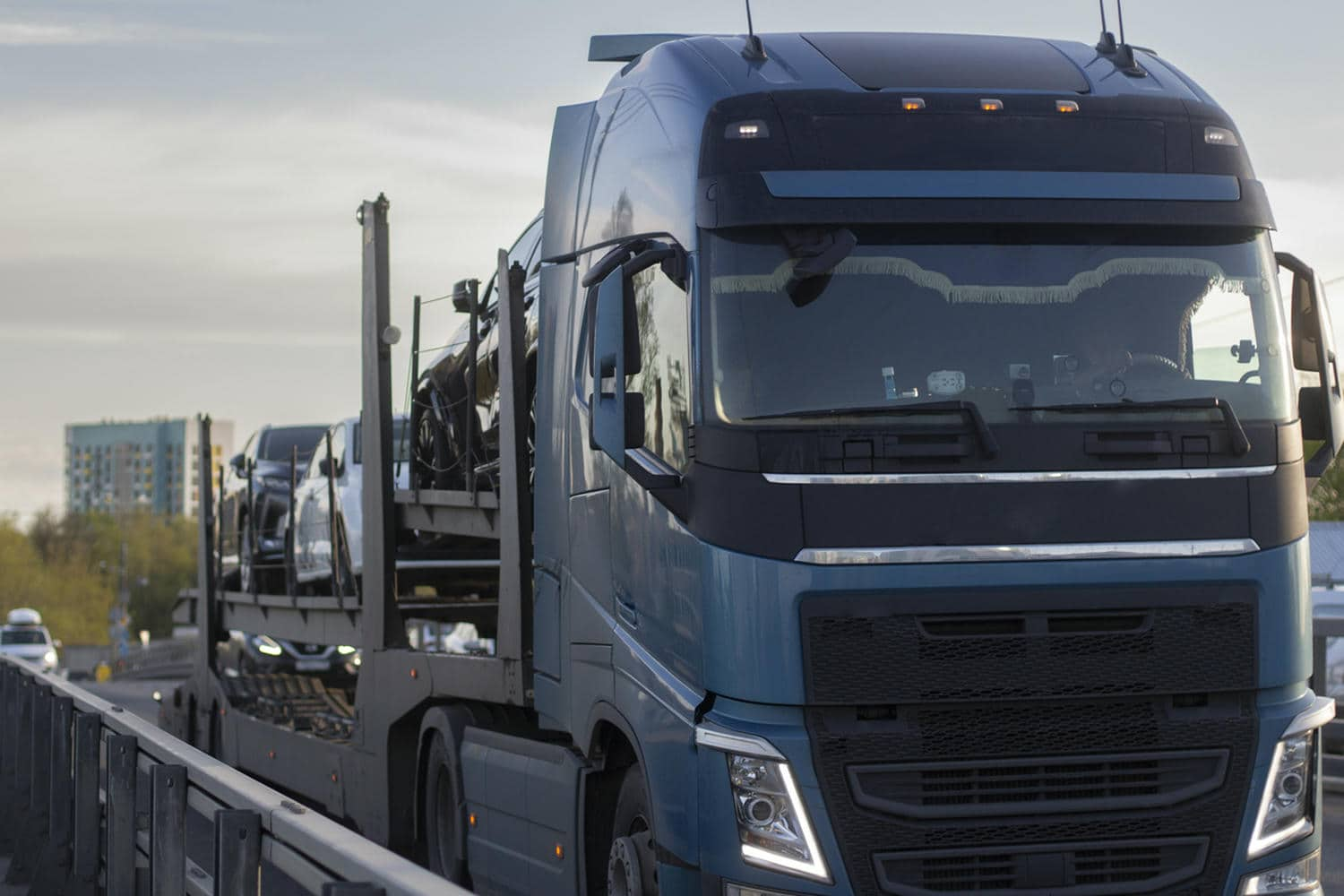
Industry revenue has increased by over 5 percent annually, driven by online vehicle purchases, relocations, and international auctions. The US market reached $10.1 billion in 2025 with 15 percent year-over-year shipment growth for standard and specialized transport.
Ongoing e-commerce expansion and remote work trends sustain demand for coast-to-coast vehicle moves and prompt carriers to optimize logistics networks.
Electric vehicle relocations, motorcycle hauls, and oversized machinery moves now require custom trailers, climate controls, and secure charging mechanisms. Carriers invest in modular equipment and training to handle sensitive battery packs, two-wheeled balance, and wide-load regulations.
These developments expand service portfolios and offer new revenue channels for forward-thinking transport providers.
Automation, telematics, and route-optimization software streamline dispatching, reduce idle time, and improve real-time tracking accuracy. Solar-powered yard lighting, low-emission carriers, and fuel-efficient scheduling cut carbon footprints while enhancing operational transparency.
Together, these innovations create greener shipping practices and reinforce environmental responsibility in the transport sector.
Recent FMCSA updates mandate electronic Bills of Lading, digital driver logs, and enhanced cargo insurance disclosures. Carriers must comply with higher coverage thresholds and transparent policy terms, benefiting customers through improved accountability.
Staying current on these regulations ensures informed insurance selection and compliance with evolving safety standards.
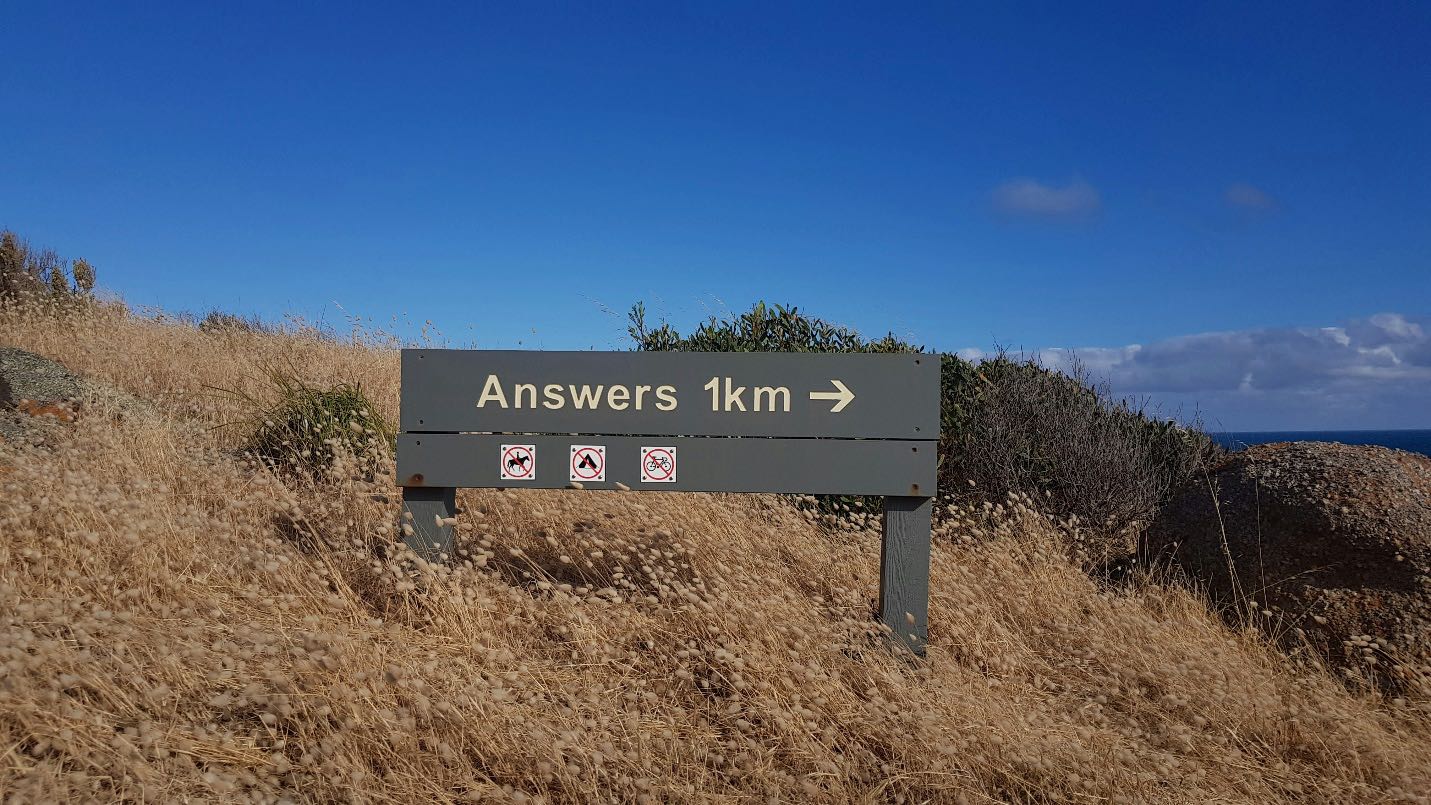
Individuals often ask about cost-effective methods, transit times, preparation steps, quote comparisons, and damage claim procedures. Clear, concise answers support informed decisions and encourage smooth shipping experiences.
Open car transport remains the most affordable option, with base rates as low as $0.70 per mile. Savings increase when shipping during off-peak seasons, using terminal-to-terminal services, and consolidating multiple vehicles in one reservation.
Choosing open transport plus terminal delivery maximizes budget efficiency for economy-minded shippers.
Cross-country auto transport typically ranges from 7 to 14 days for open carriers, depending on route complexity and carrier load. Enclosed and expedited services can reduce times to 5–10 days by minimizing stops and prioritizing direct routing.
Transit duration depends on distance, carrier schedules, and weather conditions along major highways.
Thorough preparation includes removing all personal items, securing loose parts, ensuring no more than one-quarter tank of fuel, and completing a detailed pre-shipment inspection with date-stamped photos. These steps expedite loading and protect against damage claims.
A prepared vehicle travels more smoothly and arrives ready for immediate use.
Quotes should break down distance charges, base fees, fuel surcharges, insurance costs, and any additional handling expenses. Comparing line-by-line ensures transparency and avoids hidden fees.
Requesting itemized quotes from multiple vetted carriers provides clarity for informed selection.
Document any new damage on the delivery Bill of Lading immediately, capture photographs, and file a written claim with the carrier within 48 hours. Maintain all paperwork and follow insurer guidelines to expedite repair reimbursements.
Prompt reporting preserves claim validity and accelerates resolution.

A cost calculator takes pickup/drop-off ZIP codes, vehicle dimensions, service type, and date preferences to generate an estimate based on historical carrier rates and real-time availability. This mechanism offers instant pricing guidance before formal quotes.
By adjusting parameters such as transport method and pickup window, customers can gauge price sensitivity to various factors.
Real-time tracking tools use GPS telematics and automated status updates to inform customers of pickup, transit milestones, and delivery estimates. Enhanced visibility reduces uncertainty and fosters trust through proactive communication.
Access to live location maps and direct dispatcher messaging improves coordination and satisfaction.
Infographics, comparison tables, and short explainer videos translate complex shipping concepts into intuitive visuals. Step-by-step process flows and side-by-side method comparisons support faster decision-making and clarify trade-offs.
Visual guides bridge knowledge gaps and engage diverse learning preferences.
Content reflects industry trends and regulatory context as of October 2025.

- What are the main types of car shipping methods available? The primary methods include open car transport (cost-effective, widely available), enclosed car transport (maximum protection for high-value vehicles), door-to-door service (convenient pickup/delivery), terminal-to-terminal shipping (lower cost, requires drop-off/pickup at facilities), expedited shipping (faster transit for urgent needs), and international shipping (combining ocean freight and customs).
- How are auto transport costs calculated, and what factors affect pricing? Car shipping costs are primarily influenced by mileage, vehicle dimensions (larger vehicles cost more), the chosen service type (enclosed, door-to-door, expedited all add premiums), and seasonal demand. Vehicle condition (operable vs. inoperable) also plays a role, as inoperable cars require specialized equipment.
- What is the step-by-step vehicle shipping process from booking to delivery? The process involves booking (comparing quotes, providing details, confirming), preparing your vehicle (cleaning, inspection, removing personal items, documenting condition), understanding the Bill of Lading (contract and condition report), tracking your vehicle during transit (using real-time tools), and finally, taking steps upon delivery (final inspection, noting damage, signing off).
- How do you choose a reputable car shipping company? To choose a reliable company, verify their USDOT and MC numbers and ensure they are FMCSA-compliant with adequate cargo liability insurance. Check customer reviews and ratings on neutral platforms for insights into service quality. Avoid red flags like large upfront payments, vague contracts, or refusal to provide licensing information. Understand the difference between brokers and direct carriers.
- What are the key differences between open and enclosed car transport, and when should each be chosen? Open car transport is more cost-effective and widely available, ideal for standard vehicles where exposure to elements is acceptable. Enclosed car transport offers maximum protection from weather and road debris, making it the best choice for high-value, classic, exotic, or luxury vehicles where preserving pristine condition is paramount. Enclosed transport typically costs 1.5 to 2 times more than open transport.
Choosing the best vehicle transport method can significantly enhance your shipping experience by balancing cost, convenience, and protection. Understanding the various options available empowers you to make informed decisions that align with your specific needs, whether for standard vehicles or high-value assets. To explore our comprehensive range of services and find the perfect solution for your car shipment, visit our Transport Services for Your Vehicle page today. Trust in our expertise to ensure a smooth and reliable vehicle relocation process.
